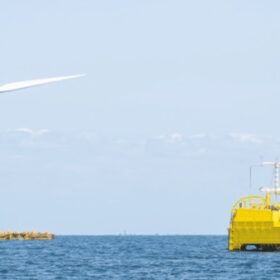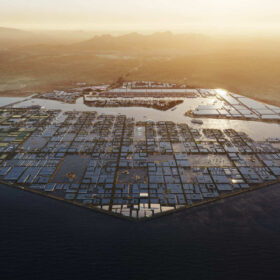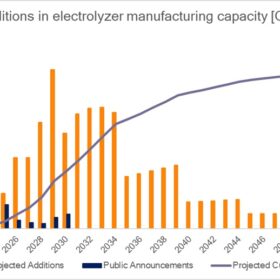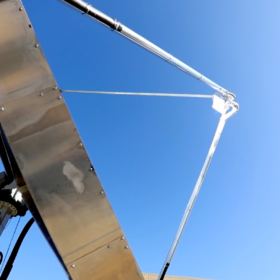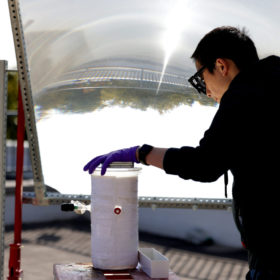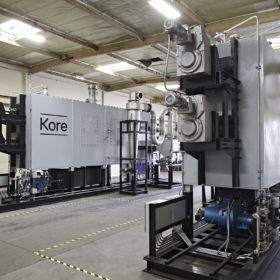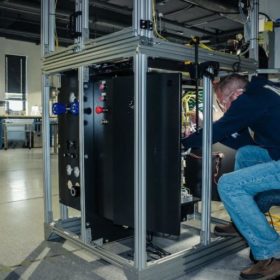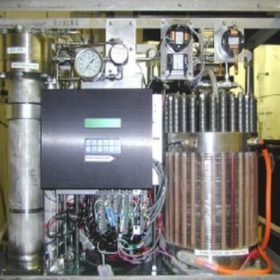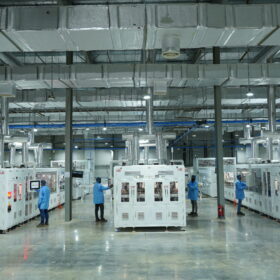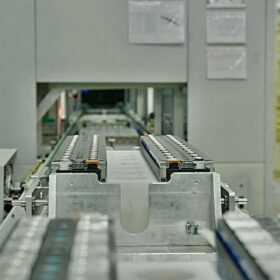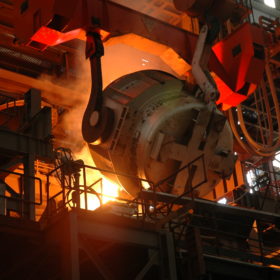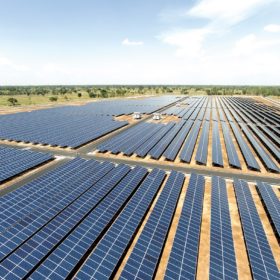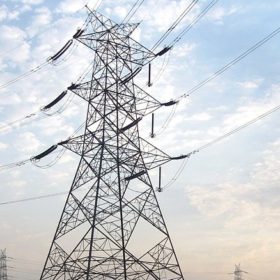Lhyfe launches world’s first offshore hydrogen project
Lhyfe has started producing offshore hydrogen via a pilot project in France, and Toyota and its partners have agreed to invest in hydrogen in Thailand. The Australian authorities, meanwhile, have approved a hydrogen project in Victoria.
Hydrogen market to surpass LNG by 2030, says Deloitte
Deloitte says it expects steady hydrogen market growth, with annual revenue projected to hit $1.4 trillion by 2050, while Denmark and the Netherlands have started discussing hydrogen collaboration with the governments of Namibia, South Africa, and Morocco.
NEOM signs green hydrogen deal in Saudi Arabia
NEOM Green Hydrogen Company has secured an exclusive 30-year off-take agreement with Air Products for what they claim will be the world’s largest green hydrogen plant, while Germany’s EEX has launched the world’s first market-based hydrogen index.
Green hydrogen market could hit $850 billion in 2050
Research outfit Rethink Energy says the green hydrogen market could reach $850 billion in value by 2050.
India to join Germany’s green hydrogen strategy update
India will use its internal market to scale up hydrogen projects, with Germany as a possible export destination. As part of a broader strategy, the countries will collaborate on a financial and technological level on energy transition projects.
Swiss team sets record solar-to-hydrogen rate
Researchers from Switzerland’s École Polytechnique Fédérale de Lausanne have unveiled a new solar dish plant design, while Plug Power has delivered its first electrolyzer system to Europe.
Photocatalytic water splitting with 9.2% solar-to-hydrogen efficiency
A US research team has developed a new technique to produce hydrogen from sunlight and water. It works in an indoor environment and uses pure water, concentrated solar light, and an indium gallium nitride photocatalyst.
New method could potentially produce hydrogen from biogas for $2/kg
Kore, an energy startup in California, has developed a new way to produce hydrogen from biogas, and is now poised to build a commercial-scale demonstration facility in Los Angeles. It said half of the carbon in the feedstock can be converted into gas, while the other half can be converted into solid elemental carbon char.
US startup claims hydrogen output for $0.85/kg or less via new water vapor electrolyzer
Advanced Ionics has developed an electrolyzer that runs at temperatures below 650 C. It is reportedly able to produce hydrogen for $0.85/kg or less. CEO Chad Mason recently spoke with pv magazine to provide a closer look at the water vapor electrolysis tech.
Electrolyzer sales expected to quadruple this year globally
According to BloombergNEF, electrolyzer shipments may reach up to 2.5GW in 2022, up significantly from 458MW last year. China and the United States will become the world’s first and second markets, respectively.
